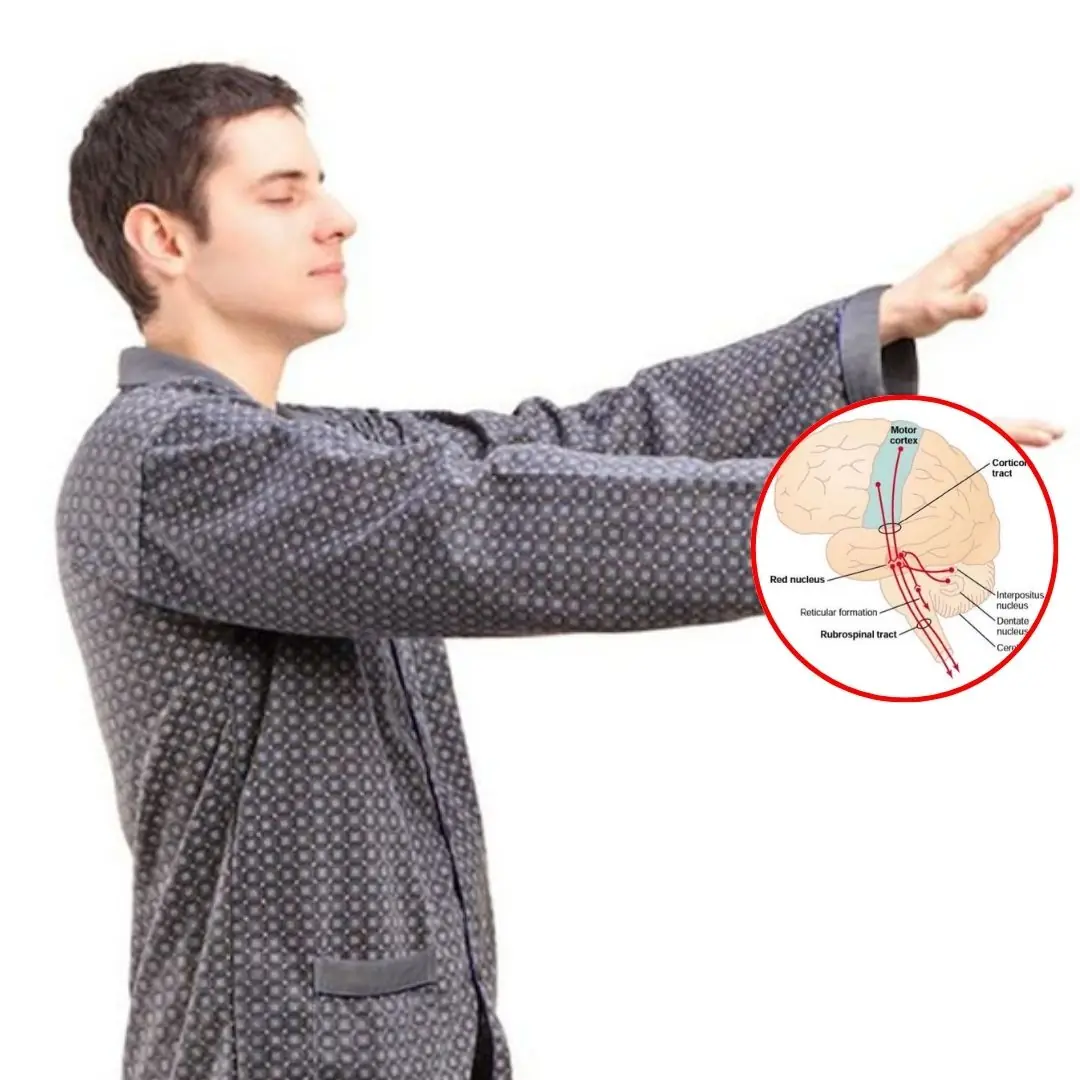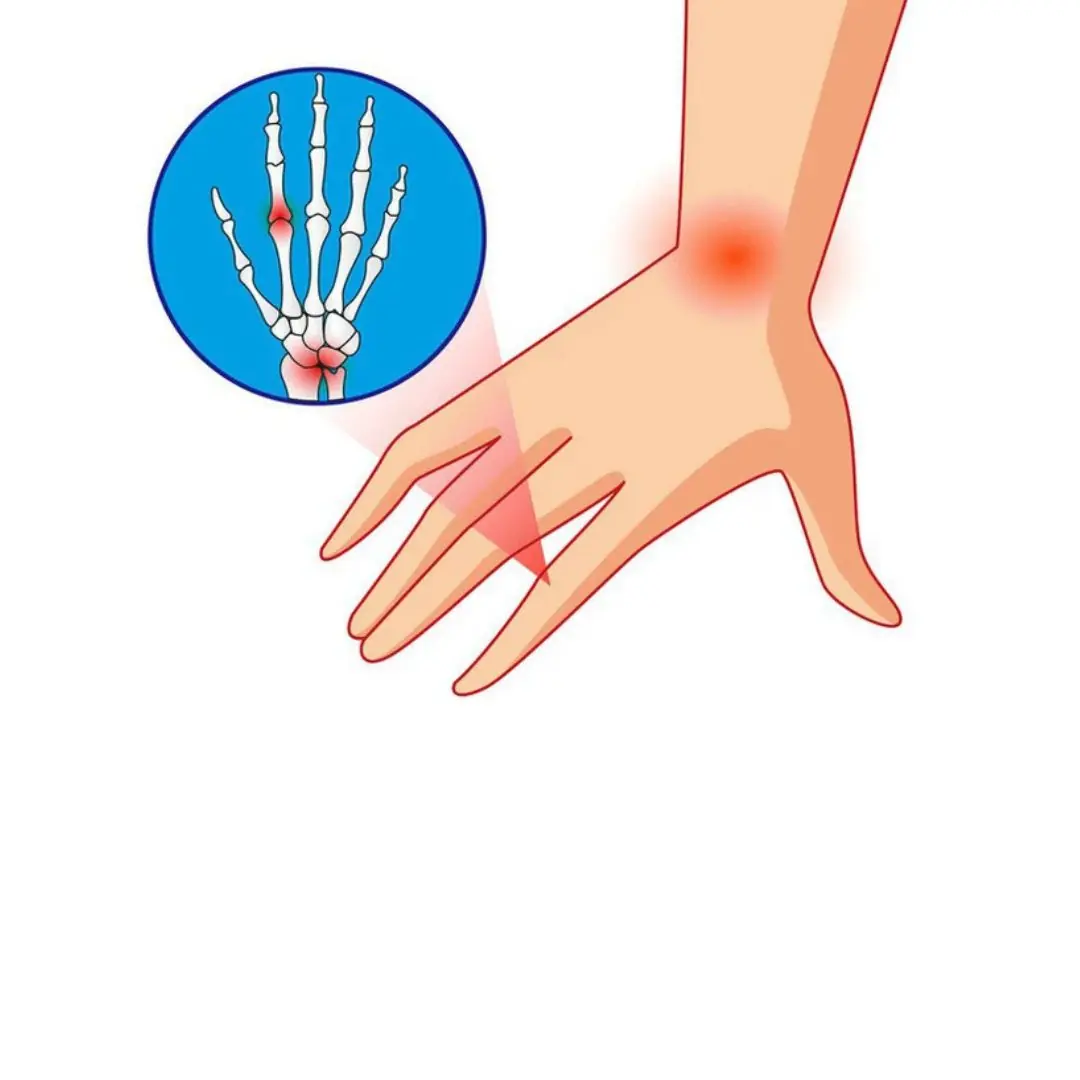
Why can't men and women agree on the air conditioning temperature?

Many netizens have shared that at work, they often argue with colleagues of the opposite sex about the air conditioner temperature: one side is freezing, while the other feels it's just right. Some even recount “air-con remote wars” with their partners at home, because “a one-degree difference means no harmony.”
In the Chinese TV drama An Jia starring Sun Li, a couple even broke up solely due to disagreements over… air conditioner temperature.
Why do men and women perceive the “ideal temperature” differently?
As early as 1981, Professor M.Y. Beshir from Texas Tech University (USA) conducted a study showing that the most comfortable temperature for women is 25°C, while for men it’s 22°C. In other words, at the same temperature, women feel cold while men feel warm.
A 2021 study by scholar Su Hua (University of London) yielded similar results: in four classrooms with temperatures ranging from 22.2–23.6°C, men felt hot while women felt cold.
The reason lies in physiological differences between the sexes:
-
Heat generation ability: Men have a higher basal metabolic rate, meaning they generate more body heat. This stems from sex hormones. Estrogen (female hormone) fluctuates with the menstrual cycle, affecting blood circulation and heat generation. Meanwhile, testosterone levels in men are significantly higher (9.45–37.45 nmol/L versus 0.21–3.01 nmol/L in women), promoting muscle development, which consumes energy and produces more heat.
-
Heat dissipation ability: Women generally have a higher body fat percentage, leading to a greater skin surface area, making it easier to lose heat and thus feel colder. Subcutaneous fat also acts as insulation, making it harder for internal heat to reach the skin, resulting in a lower dermal temperature and a stronger sensation of cold.
-
Sensitivity to cold: Women have more cold receptors in the dermis and these are more sensitive, meaning cold sensations are transmitted to the brain faster and more intensely than in men.
In summary, women generate less heat, lose heat more easily, and are more sensitive to cold—so they tend to feel cold while men feel warm.
This not only makes women prefer warmer air conditioning settings but also explains why men often feel "thermal shock" when sharing bathwater with their girlfriends.
However, individual differences (age, physical condition, body fat ratio, health issues like low blood pressure, iron or calcium deficiency...) also influence temperature perception. So, there’s no one-size-fits-all standard.
So what temperature should the air conditioner be set to?
While it’s difficult to satisfy everyone, a reasonable average temperature is necessary for health and energy efficiency.
According to China’s regulations on temperature management in public buildings, summer indoor temperatures should not be set below 26°C. In Italy (2022), air conditioners must not be set below 27°C. In Spain, public air conditioners must be above 27°C. In Croatia, the minimum is 25°C.
The reason 26°C is recommended is that it strikes a balance between comfort for most people and energy savings. Air conditioners consume 50–70% of a building's total electricity, and for every 1°C decrease, energy consumption increases significantly.
Additionally, excessively low temperatures can harm your health:
-
Sudden blood vessel constriction can raise blood pressure and potentially lead to strokes in vulnerable individuals.
-
“Air-conditioner illness” may occur, with symptoms like nasal congestion, sore throat, fatigue, dizziness, and loss of appetite.
-
Especially dangerous for the elderly and those with heart or respiratory conditions.
News in the same category


Food contains more than a thousand microplastic particles, 45 times more than bottled water

Should You Turn Off the Air Conditioner When Leaving for 30 Minutes?

Priceless Traditional Formula That Neutralizes Venom Quickly and Effectively

These 3 Types of Fish Should Be Eaten Sparingly

Here’s why smart people leave a glass of water by their bed every night

Common Veggies Linked to Cancer Risk — Experts Urge Immediate Caution

Wild leaves, used to make tea, make diabetes and high blood pressure "terrify"

Bacteria levels exceed the standard by 600 times! Don't use this hand sanitizer!

Sleepwalking and the scientific explanation for the phenomenon that occurs in 4% of adults

9 “Clean” Habits That Are Actually Super Unhygienic

Experts Reveal: The Real Carb Bomb Isn’t White Rice

Helped Uncle Treat Can.cer but Received a Mysterious Bag in Return

Woman drank 8 limes daily to detox—paid the price for trusting social media advice

Is Eating Soft-Boiled Eggs More Beneficial Than Fully Cooked Eggs?

10 Juicing Mistakes to Avoid at Home: Boost Your Health the Right Way

Why do hotels usually let guests check in at 2pm and check out at 12pm?

Drinking Perilla Leaf and Ginger Tea Is Better Than Any Tonic

Can the emergency exit door open while flying? — Little-known fact
News Post

To Prevent Hair Loss and Stimulate Hair Growth, Avoid These Habits

Be Careful: 6 Common Foods Become To.xic When Reheated

Food contains more than a thousand microplastic particles, 45 times more than bottled water

These 3 types of fish should be eaten sparingly, they can increase the risk of can.cer, don't buy them just because they are cheap!

Want Radiant, Hydrated, and Glowing Skin This Summer? Eat These 5 "Magical" Fruits

Should You Turn Off the Air Conditioner When Leaving for 30 Minutes?

Want beautiful, smooth, and bright skin in the summer? Eat these 5 "miraculous" fruits right away!

Unexplained Bruising on Your Body: Causes and Treatments

Priceless Traditional Formula That Neutralizes Venom Quickly and Effectively

These 3 Types of Fish Should Be Eaten Sparingly

4 Expert Tips to Choose Meaty, Flavorful Crabs and Avoid Getting Ripped Off

4 Types of Nuts You Should Never Eat If They've Been Sitting Around

4 signs on the body to detect high bl.o.o.d f.a.t

Don’t Miss These 10 Early Red Flags for Serious Health Conditions

Here’s why smart people leave a glass of water by their bed every night

Common Veggies Linked to Cancer Risk — Experts Urge Immediate Caution

5 kitchen appliances you will regret if you don't buy soon

Hormone-injected shrimp has 4 obvious signs, no matter how cheap it is, definitely DO NOT BUY
